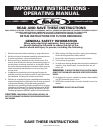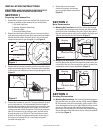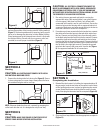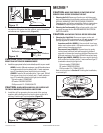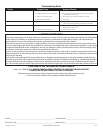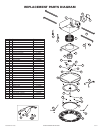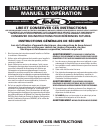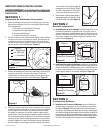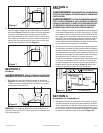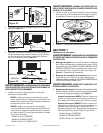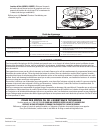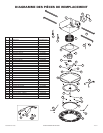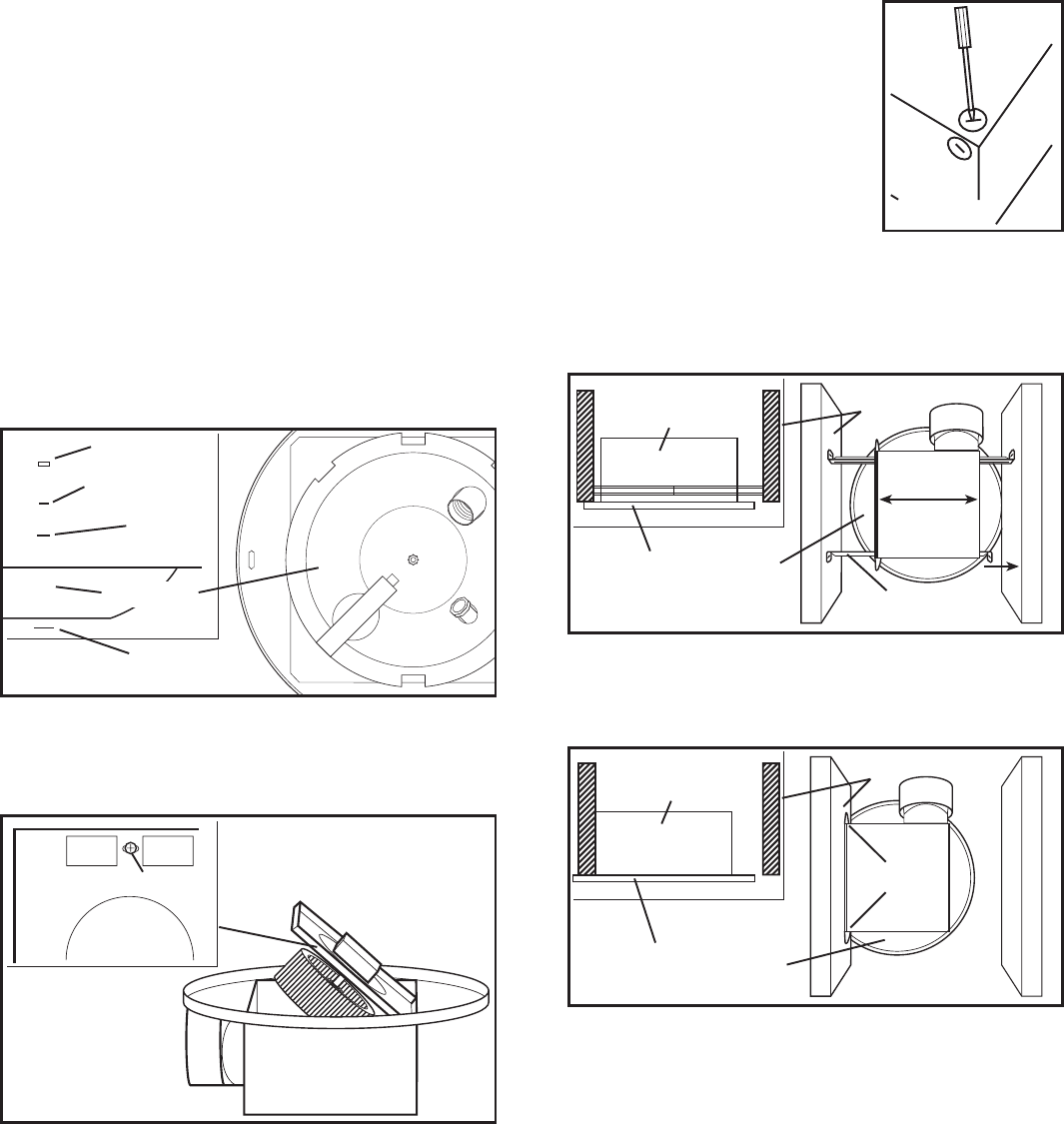
5. Select the most convenient
electrical knockout and remove
using a straight-blade screw driver
(Figure 3).
SECTION 2
New Construction
1a. Mounting Rail Installation: Install the rails on the housing
and position the housing next to the joist with the transition
plate flush to the underside of the joist. Secure the ends of
the rails with screws or nails (not included) to the joists and
slide the housing into the final position (Figure 4).
1b. Mounting Tab Installation: Position the fan so that the tabs
rest flat against the joist with the transition plate flush to the
underside of the joist. Secure with four nails or screws (not
provided) to ensure proper installation (Figure 5).
SECTION 3
Existing Construction
1a. Mounting Rail Installation: Set housing in position between
the joist and trace an outline onto the ceiling material (Figure
6). Set housing aside and cut opening, being careful not to
cut or damage any electrical or other hidden utilities. Install
the rails on the housing and position the housing in the
previously cut hole so that it is flush with the finished ceiling.
Secure the ends of the rails with screws or nails (not included)
to the joists (Figure 4).
INSTALLATION INSTRUCTIONS
CAUTION:
MAKE SURE POWER IS SWITCHED OFF AT
SERVICE PANEL BEFORE STARTING INSTALLATION.
SECTION 1
Preparing the Exhaust Fan
1. Unpack fan from the carton and confirm that all pieces are
present. In addition to the exhaust fan you should have:
1 - Grill with Light Lens
1 - Damper Assembly (attached)
4 - Mounting Rails
1 - Instruction/Safety Sheet
2. Remove the fan’s light reflector, which is secured in place
with one center located screw. Also remove the lock washer
washer and flat washer. Keep all parts in the carton until
needed so they do not get damaged or lost (Figure 1).
3. Remove the fan’s venturi assembly, which is secured in place
with one screw through the venturi. Keep the venturi assembly
in the carton until needed so it does not get damaged or lost
(Figure 2).
4. Choose the location for your fan. To ensure the best air and
sound performance, it is recommended that the length of
ducting and the number of elbows be kept to a minimum, and
that insulated hard ducting be used. Larger duct sizes will
reduce noise and airflow restrictions. This fan will require at
least 6" of clearance in the ceiling or wall, and will mount
through drywall up to 3/4" thick. The fan can be mounted
directly to the joist using the mounting tabs on the side of
the housing or between 16" on center joists using the 4
provided mounting rails.
Figure 3
www.airkinglimited.com
211572097 Rev. A 8-05 2 of 12
Nut
Flat Washer
Figure 1
Lock Washer
Washer
Screw
Figure 2
Reflector
Figure 4
Joist
Housing
Hanger Bar
Transition Plate
Figure 5
Joist
Housing
Transition Plate
Tabs



